The World Bank has lowered its forecasts for Iran’s economic growth.
The new MENA Economic Update report expects the country’s real GDP to rise by 2.9% in 2022 and 2.2% in 2023.
Previously, the World Bank had forecast the figure to hit 3.7% for the current year and 2.7% for the next.
The bank has also revised its estimate for growth rates in 2021 and 2020. The new estimates stand at 4.7% for 2021 (up from 4.1% in the previous report) and 3.3% for 2020 (down from 3.4% in the previous report).
The new report puts Iran’s real GDP per capita growth forecast at 1.7% in 2022 and 1.1% in 2023 while estimates for 2021 and 2020 were 3.4% and 2% respectively.
“World Bank economists forecast that the MENA region will grow by 5.5% in 2022 [the fastest rate since 2016] and by 3.5% in 2023 [see Table 2.3]. Growth, however, will be uneven across country groups,” reads the new report.
Current account balance is expected to rise from 3.5% of GDP in 2021 to 3.8% this year but fall to 2.8%; 2020 estimate was at -0.4%.
Fiscal balance is forecast to stand at -4.5% of GDP this year and -4.7% in 2023 from -5.8% in 2020 and -5.3% in 2021.
Output in Iran is boosted in 2022 by “the waning of the pandemic and higher oil prices. Growth is expected to slow subsequently, however, as unresolved structural challenges and feeble fixed investment limit the country’s growth potential,” read part of the group’s flagship World Economic Prospects report published for June.
IMF Forecasts 3% Growth in 2022
The International Monetary Fund is expecting Iran’s economy to grow by 3% in 2022.
In a new World Economic Outlook report titled “War Sets Back Global Recovery”, IMF say the economy expanded by 4% in 2021.
Predictions for 2023 and 2027 are at 2%.
IMF has put Iran’s 2014-20 GDP growth at 5%, -1.4%, 8.8%, 2.8%, -2.3%, -1.3% and 1.8% respectively with the 2004-13 average at 2.5%.
“Global economic prospects have worsened significantly since out last World Economic Outlook forecast in January. At the time, we had projected the global recovery to strengthen from the second quarter of this year after a short-lived impact of the Omicron variant. Since then, the outlook has deteriorated, largely because of Russia’s invasion of Ukraine — causing a tragic humanitarian crisis in Eastern Europe — and the sanctions aimed at pressuring Russia to end hostilities,” reads the report’s introduction.
“Beyond the immediate humanitarian impacts, the war will severely set back the global recovery, slowing growth and increasing inflation even further. This report projects global growth at 3.6% in 2022 and 2023 — 0.8 and 0.2 percentage points lower than in the January forecast, respectively. The downgrade largely reflects the war’s direct impacts on Russia, Ukraine and global spillovers.”
The growth forecast for Iran in 2022 is higher compared to IMF’s previous estimate.
The “Recovery During a Pandemic” report had forecast the GDP growth to decline slightly to 2% in 2022 from 2.5% in 2021 (the latter has also been revised up).
Domestic Reports
The economy grew by 4.4% in the fiscal 2020-21, according to the Central Bank of Iran.
The CBI report added that GDP growth stood at 3.9%, excluding crude oil production.
The “services”, “oil and gas”, “industries and mines” and “agriculture” groups saw a respective growth rate of 6.5%, 10.1%, 1.1% and -2.6%.
The report noted that during the fourth quarter of last fiscal year (Dec. 22, 2021-March 21, 2022), GDP rose by 5.7% compared to the preceding year’s corresponding period. Excluding oil production, the economy grew by 6.3% in Q4.
The CBI report came after the Statistical Center of Iran put the fiscal 2021-22 growth at 4.3%.
According to SCI, GDP saw a 3.5% rise without taking crude oil production into account.
The sectors of agriculture, industries and services experienced a -3.7%, 6% and 4.5% growth respectively, it said.
According to CBI, Iran’s gross domestic product in the fiscal 2020-21 registered a 3.6% growth. Economic growth, excluding oil, expanded by 2.5%.
According to SCI, the year’s GDP expanded by 0.7% compared with the year before and economic growth, excluding oil, was near zero.
Discrepancies were also seen in SCI and CBI reports on Iran's economic growth in the fiscal 2019-20.
According to SCI, the Iranian economy experienced a -7% contraction in the fiscal 2019-20.
According to the center, GDP shrank by -0.6% without taking oil production into account.
This is while CBI put the fiscal 2019-20 growth at -6.5%. Excluding oil, growth was put at 1.1%.
Iran's gross domestic product shrank by 4.9% in the fiscal 2018-19 compared to the year before, and reached -2.4%, excluding oil, according to SCI.
The CBI did not release any report on the fiscal 2018-19 economic growth rate.
Iran’s economy emerged from recession in the fiscal 2014-15 with a 3% growth after two years of recession when the economy contracted by 5.8% and 1.9% back to back, according to the Central Bank of Iran.
Growth in 2015-16 has been put at -1.6% by CBI and 0.9% by SCI.
CBI has put 2016-17 growth at 12.5% while SCI says it was much lower and near 8.3%.



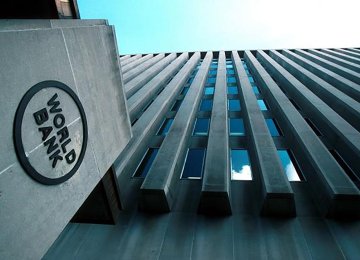
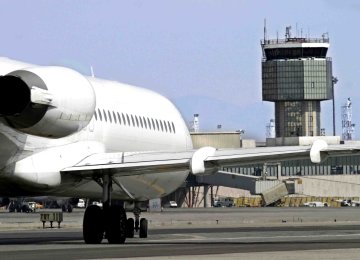
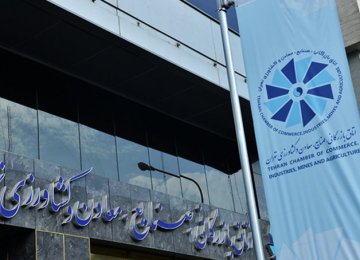
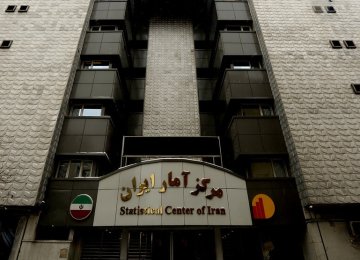
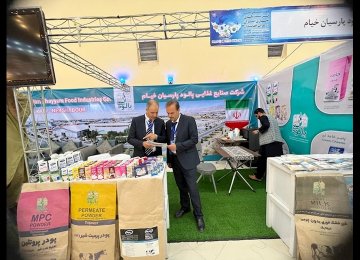
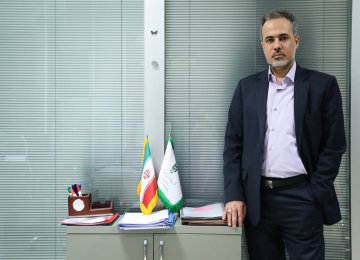

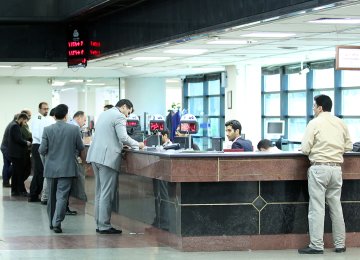


Add new comment
Read our comment policy before posting your viewpoints